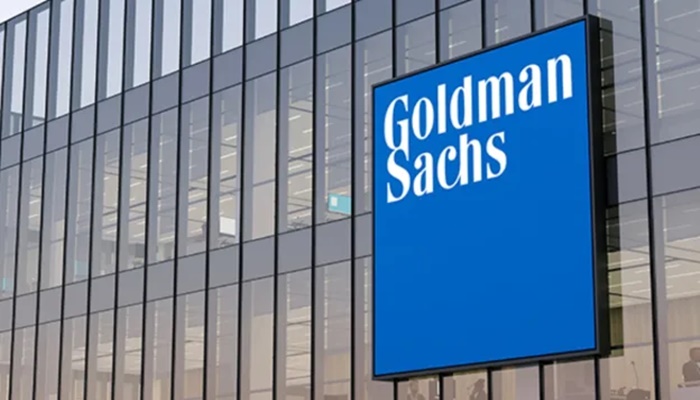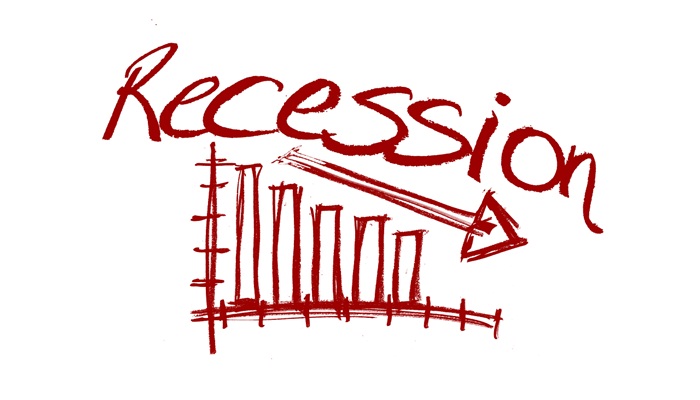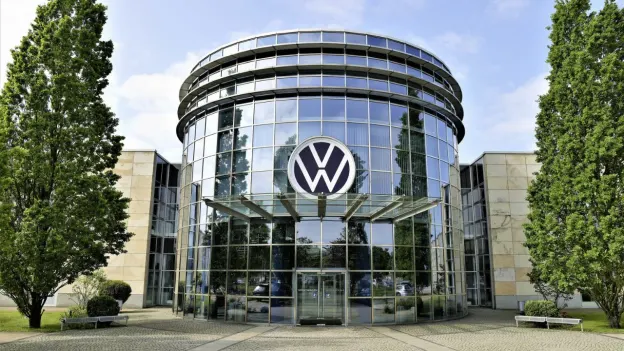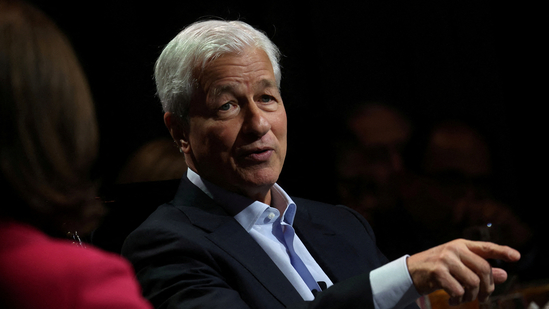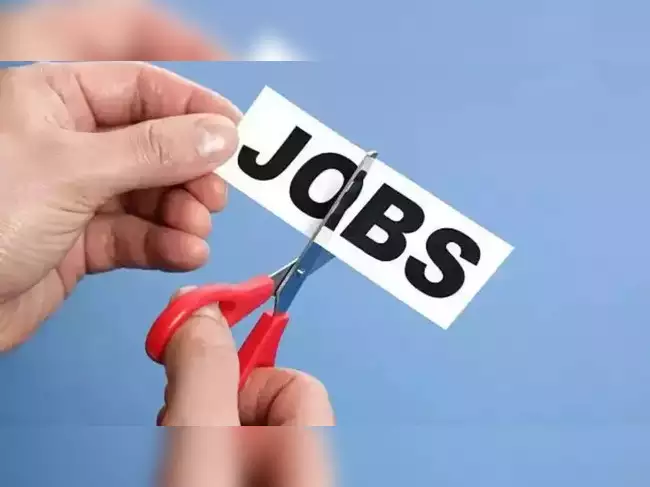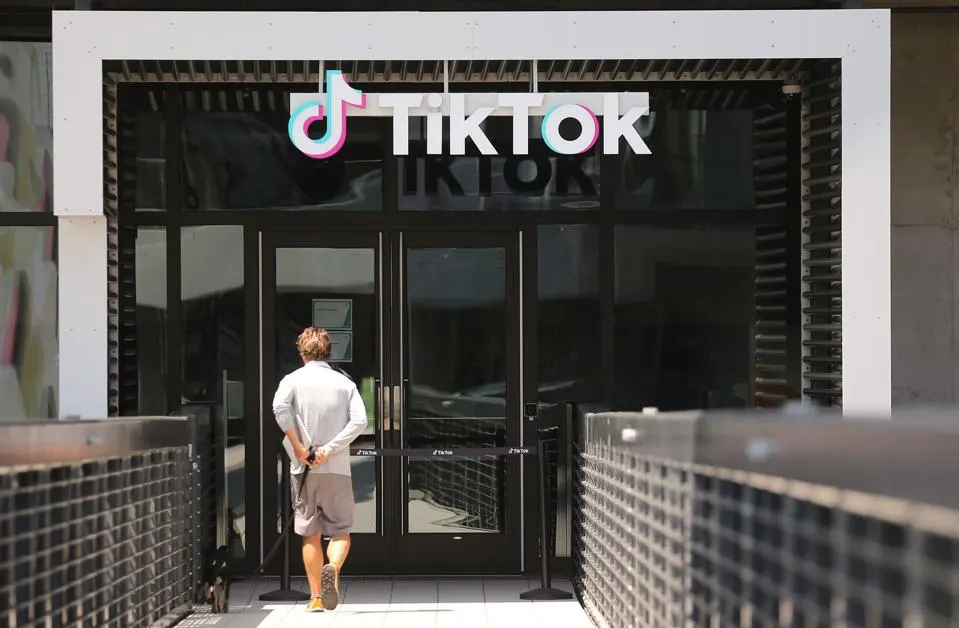In an era where relentless innovation, aggressive internal policies, and shifting government contracts collide with mounting societal pressures, tech workers are reaching their breaking points—and the fallout is reshaping the industry.
The Rising Pressure in Tech
Recent data and investigative reports, including a recent Business Insider article, reveal a surge in mental health leaves—especially at companies like TikTok. Employees report that a harsh culture, marked by aggressive measures to cull under-performers, forces them to push beyond sustainable limits. This internal pressure is compounded by new government contract stipulations and policy changes that have increased regulatory scrutiny over recent months. With every decision under close watch, tech workers find little room for error or recovery.
Consider these pressing questions:
1. Is the drive for innovation turning vibrant workplaces into burnout factories with lasting health effects?
2. Will relentless performance mandates and shifting government contracts undermine business returns?
3. Can tech giants continue rapid advancements in AI and technology without sacrificing employee well-being?
Internal and External Dynamics
At TikTok, performance-based policies aimed at eliminating under-performers are intended to boost productivity but instead foster a climate of fear. Employees feel compelled to work longer hours and constantly outperform peers, knowing that a single misstep might lead to termination. The pressure to meet ever-escalating standards in a fast-paced, content-driven environment is taking its toll on mental and emotional reserves.
Externally, evolving thresholds for securing coveted government contracts add further strain. New policies and increased oversight have turned competitive advantages into unpredictable sources of stress. Companies must now innovate, rapidly, while navigating stringent regulatory demands—from data privacy to national security—which further drains employee energy and focus.
Racing for Innovation: Lessons from Tesla and Google
TikTok’s challenges are part of a broader trend. At Tesla, a CNBC report highlights a culture defined by the relentless pursuit of market dominance. Under CEO Elon Musk’s leadership, employees endure grueling hours and aggressive targets. Even minor setbacks can lead to severe consequences, trapping workers in a cycle of overwork and chronic stress.
Google faces similar pressures. Recent reports indicate how ambitious AI projects and the aggressive pursuit of government contracts have intensified workplace stress. Google employees grapple with the fear of obsolescence amid rapid technological shifts. Despite investments in wellness programs and flexible work policies, many still find themselves overwhelmed by the pace of change.
Both examples illustrate how fierce competition, funding pressures, and a widening skills gap push workers to their limits, with innovation coming at the cost of mental health.
The Anatomy and Consequences of Burnout
Burnout in tech is a multifaceted issue. Many workers initially experience subtle signs—chronic fatigue, irritability, and detachment. Over time, these can escalate into severe mental health issues such as depression and anxiety. In an industry that often glorifies overwork, acknowledging burnout is mistakenly viewed as a weakness rather than a genuine health concern.
The consequences of unchecked burnout are severe:
1. For the Individual: Prolonged stress can lead to long-term health issues, reducing quality of life and, in extreme cases, resulting in self-harm.
2. For the Company: A mass exodus of talent erodes institutional knowledge and raises recruitment and retraining costs, disrupting innovation.
3. For the Industry: Persistent burnout may trigger a talent drain, lower productivity, and undermine consumer confidence in tech leadership, stalling economic growth.
Surveys indicate that nearly 60% of tech workers have experienced significant burnout symptoms in the past year. The rising trend of extended mental health leaves is a stark reminder of the human cost behind the relentless drive for innovation.
Recommendations for a Healthier Tech Environment
Addressing this crisis requires a coordinated effort from companies, leaders, and workers. Here are some targeted recommendations:
1. For Companies:
Invest in comprehensive wellness programs by developing initiatives that offer mental health counseling, stress management workshops, and regular wellness check-ins. These programs must be integrated into the core business strategy so that employee well-being becomes essential to long-term success. Reform performance metrics by shifting the focus from hours logged to the quality of outcomes. Recognizing achievements based on productivity and innovative impact rather than sheer time worked can ease the pressure to overwork. Implement flexible work policies that encourage remote work, flexible schedules, and mandatory breaks. Such measures allow employees to better manage their workload and recharge, creating a more sustainable pace of innovation.
2. For Leaders:
Lead by example; executives and managers must model healthy work habits by setting clear boundaries between work and personal time. Demonstrating that mental health is a priority encourages a supportive culture. Foster open communication by cultivating an environment where employees feel safe discussing workload concerns and mental health issues. Regular check-ins and anonymous feedback channels can help detect burnout early. Provide managerial training to equip managers with the skills to recognize early signs of burnout and address them with empathy, active listening, and crisis management training.
3. For Workers:
Establish clear personal boundaries in an age of constant connectivity; it is vital to set limits on work hours—whether by turning off notifications or designating a dedicated workspace. Prioritize self-care by engaging in regular physical activity, mindfulness practices, and leisure pursuits. Recognizing early signs of burnout and taking proactive steps can prevent severe outcomes. Advocate for a healthier culture by speaking up about needs and pushing for systemic changes within the organization. Collective advocacy can drive improvements in workplace culture.
Balancing Innovation with Well-Being
Tech companies are locked in a fierce race for innovation—driven by the pursuit of lucrative government contracts and the pressure to remain competitive. While this drive has spurred groundbreaking advancements, it also places an unsustainable burden on employees. The challenge is to balance the aggressive push for innovation with strategies that safeguard mental health and ensure long-term productivity.
By fostering a supportive work environment through wellness programs, reformed performance metrics, and flexible policies, companies can nurture high-quality innovation without sacrificing employee well-being. When leaders model healthy habits and workers set firm boundaries, the tech industry can continue to thrive while preserving its most valuable asset: its people.
Call to Action
The surge in mental health leaves at companies like TikTok, Tesla, and Google is a clear wake-up call. Aggressive internal policies, shifting government contracts, and relentless innovation are creating a pressure-cooker environment that jeopardizes employee well-being. If left unaddressed, the toll could be catastrophic for individuals, companies, and the industry alike.
A holistic approach that prioritizes comprehensive wellness, empathetic leadership, and worker empowerment is essential for balancing competitive innovation with mental health. Only by doing so can the tech sector sustain its momentum and secure a resilient, prosperous future.
Source:






